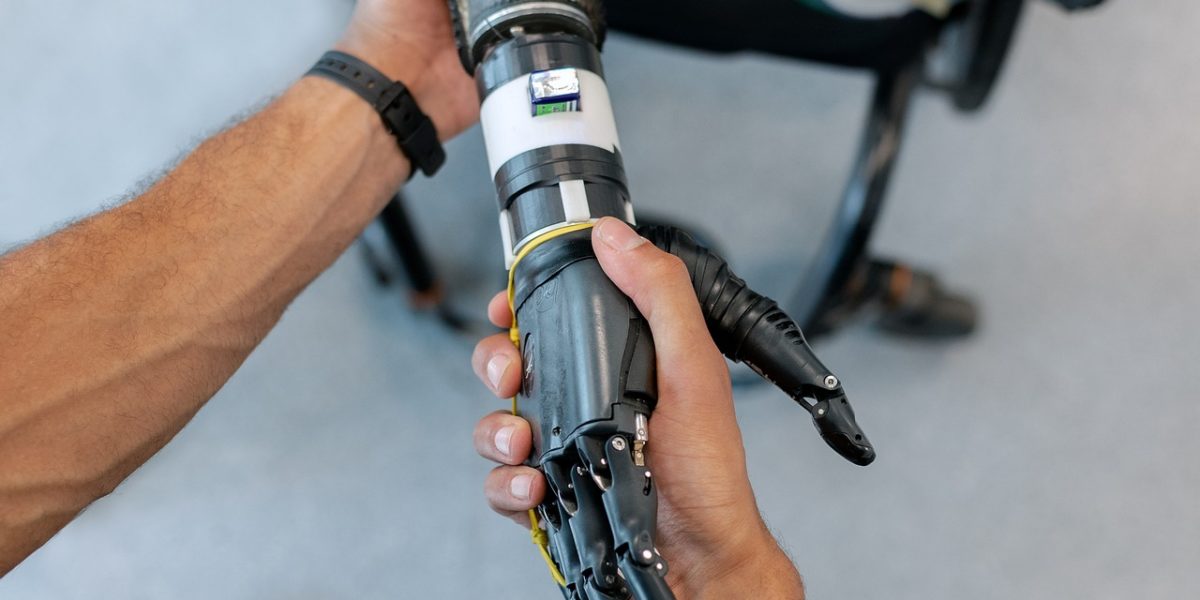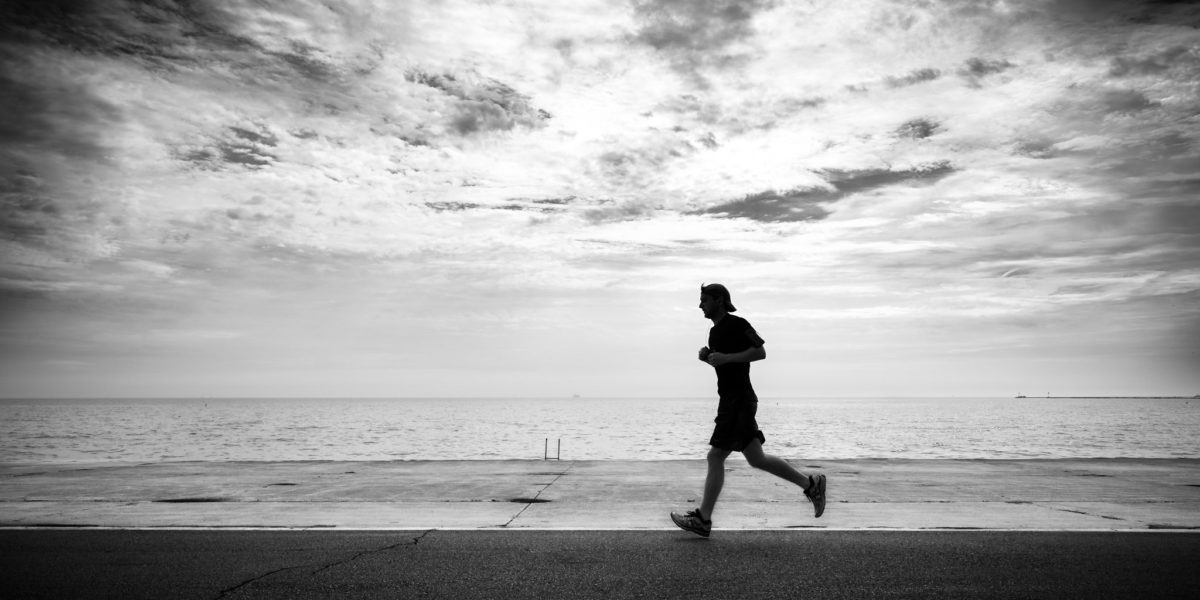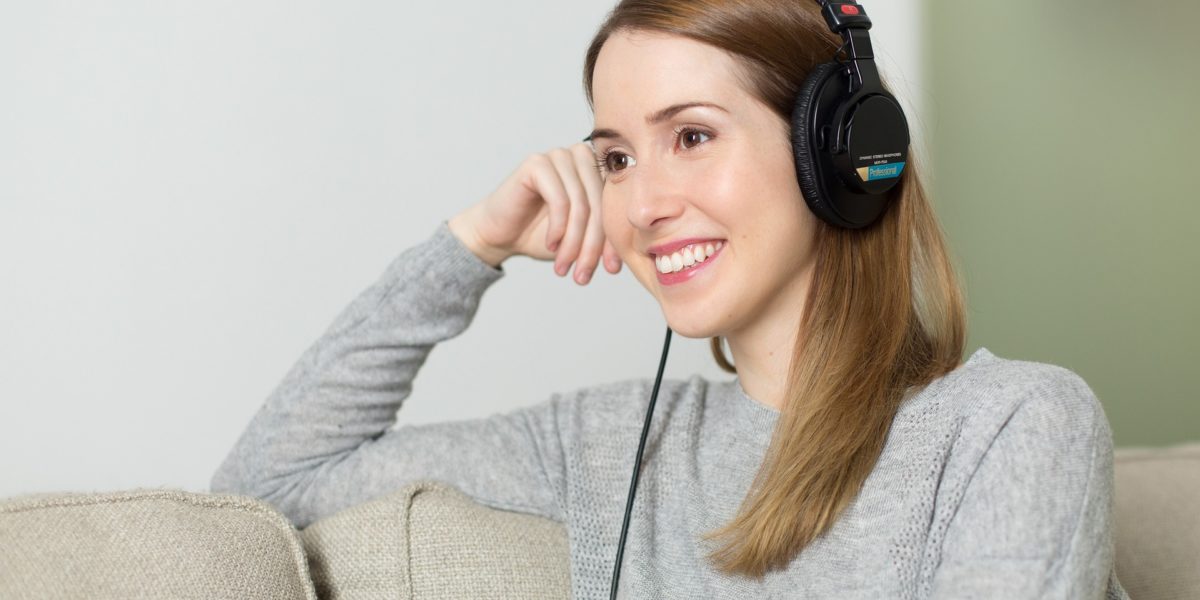Whether or not you know someone who has lost a limb, we can all easily imagine the hardships that would follow such a tragedy. Thanks to scientific advancements, prosthetic limbs have become more and more available and functional over the past few decades. However, one of the greatest challenges—which has only recently been started to be addressed—still facing the industry is the question of how to restore tactility through prosthetic hands. Having the sense of touch in your hands is essential to everyday activities, such as putting on your clothes in the morning or drinking a glass of water; and, unfortunately, in the US alone there are over 100,000 persons registered who had an amputation of a complete arm, hand, or partial hand.
Continue reading “Advances In Prostheses: Restoring the Sense of touch to amputees”Tag: senses
Heads Up and Eyes Steady – The Optimized Mechanism for Human Running
In the insightful words of Bruce Springsteen, we as human beings were Born to Run. Humans have never been a sedentary species. The tendency to constantly relocate for survival purposes required skill in obtaining food efficiently, which heavily influenced early human evolution. Humans with optimal body mechanics for running ultimately held an advantage in hunting and gathering for food, and over time, the human body adapted to these survival requirements and developed a self-optimizing mechanism for running. This implies that initiating the act of running activates certain responses in the body to perform most efficiently.
Continue reading “Heads Up and Eyes Steady – The Optimized Mechanism for Human Running”The future of hearing might be in your bones
How many times have you walked up to someone and were unable to get their attention because they had headphones on? This is an increasingly important issue as we become more connected to our devices and less connected to the world around us. Recently, several companies, including Aftershokz and Pyle, have tried to solve this issue by creating bone conducting headphones.
Continue reading “The future of hearing might be in your bones”

